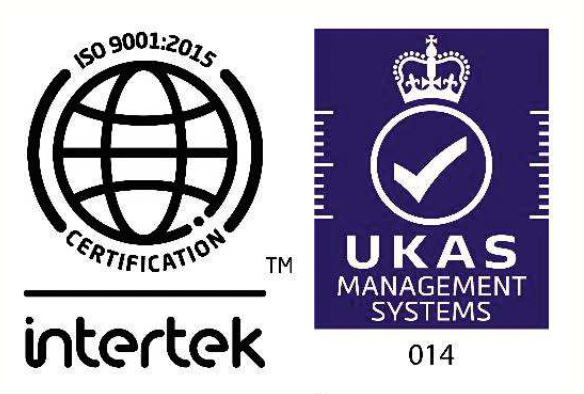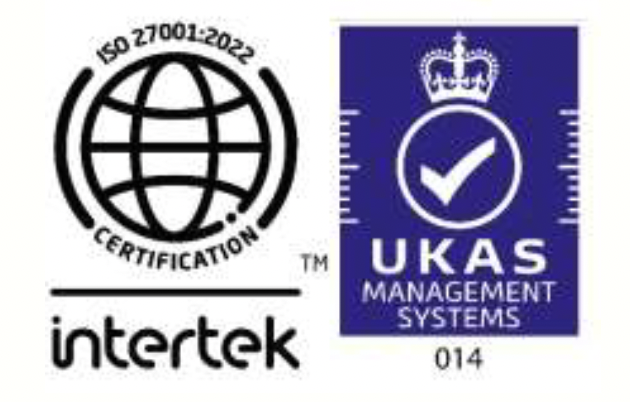What constitutes a comprehensive SOC 2 implementation?

A comprehensive SOC 2 (System and Organization Controls 2) implementation involves a comprehensive approach to ensuring that an organization's systems, processes, and controls meet the standards set forth by the American Institute of CPAs (AICPA).
SOC 2 reports are often required by companies that provide services to other businesses, as these reports demonstrate the security, availability, processing integrity, confidentiality, and privacy of the systems involved.
Here's a general outline of the steps involved in a good SOC 2 implementation:
- Scoping and Planning:
- Determine the scope of the SOC 2 audit, including which systems, processes, and services will be included.
- System can be SAAS products/platforms.
- Services can be ‘bespoke software development’
- Identify the relevant trust service categories (security, availability, processing integrity, confidentiality, and privacy) based on the organization's services and customer requirements.
- Risk Assessment:
- Identify potential risks and threats to the security and integrity of systems and data. This is generally derived from understanding the relationship with customers whose will use the system and the criticality and the sensitivity of their data.
- Assess the impact and likelihood of these risks occurring.
- Control Selection and Design:
- Choose control objectives and criteria that align with the chosen trust service categories.
- Design controls that address the identified risks and align with industry standards (e.g., ISO 27001, NIST Cybersecurity Framework).
- Implementation:
- Implement the controls as designed, making sure they are integrated into the organization's processes and systems.
- Make personnel responsible by involving them in the policy decisions related to controls.
- Provide training and awareness programs to ensure employees understand their roles and responsibilities related to SOC 2 compliance.
- Documentation:
- Create detailed documentation outlining the implemented controls, their purpose, and how they operate.
- Maintain records of policies, procedures, configurations, and other relevant documentation.
- Testing and Evaluation:
- Regularly test the effectiveness of the implemented controls to ensure they're operating as intended.
- In the beginning it could be a monthly review, as the systems and processes mature the frequency can be reduced.
- Address any control deficiencies or weaknesses identified during testing.
- Monitoring and Continuous Improvement:
- Implement ongoing monitoring processes to ensure that controls remain effective over time.
- Continuously assess the evolving threat landscape and adjust controls accordingly.
- Regularly review and update policies and procedures to reflect changes in technology, regulations, and business operations.
- Third-Party Assessment:
- Engage a qualified third-party auditing firm to conduct an independent assessment of your organization's controls.
- The auditors will review documentation, conduct interviews, and perform testing to validate the effectiveness of the implemented controls.
- Report Generation:
- Once the assessment is complete, the auditing firm will provide a SOC 2 audit report.
- The report will detail the scope of the audit, the controls assessed, assessment period (Type 1/Type 2), any findings or exceptions, and an overall opinion on the organization's compliance with SOC 2 standards.
Remember that a successful SOC 2 implementation is an ongoing process. It requires a commitment to security, continuous improvement, and transparency with customers.
It's essential to engage knowledgeable professionals, possibly including information security experts and compliance officers, to guide your organization through this process effectively.

